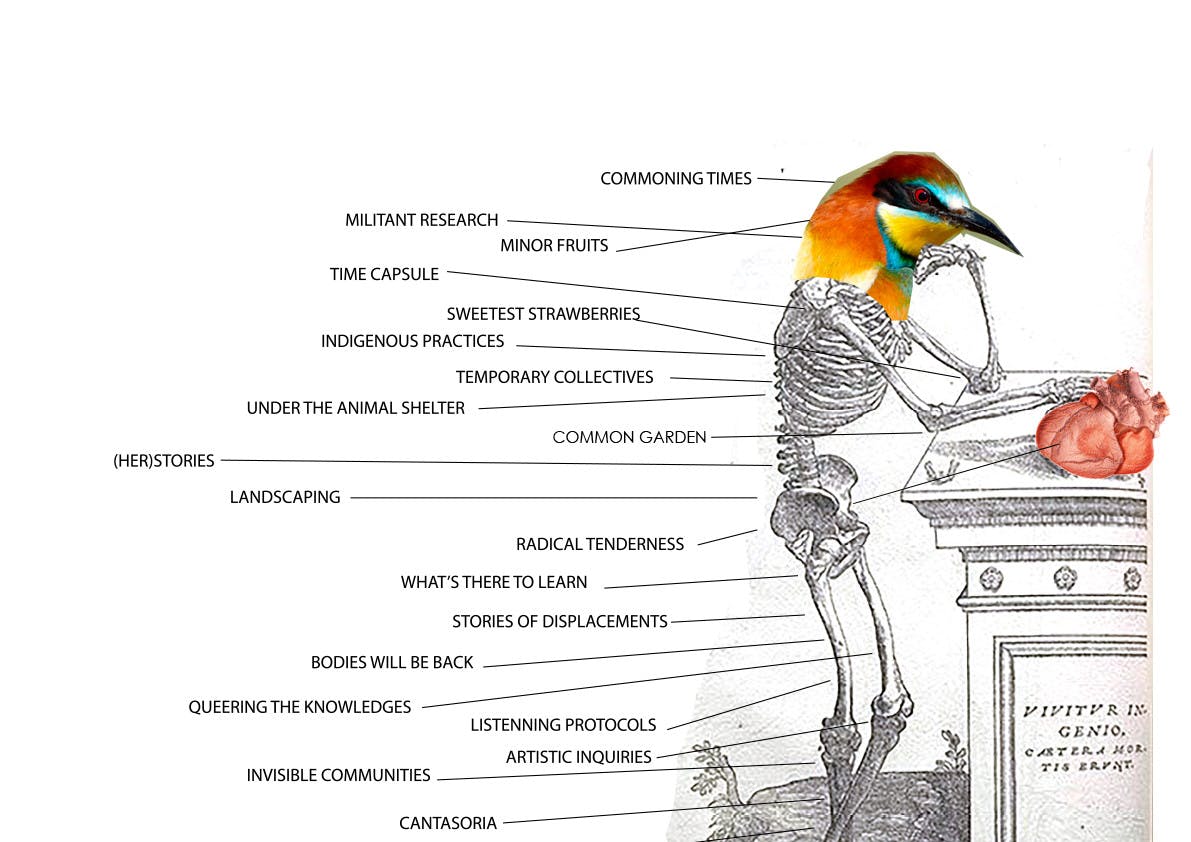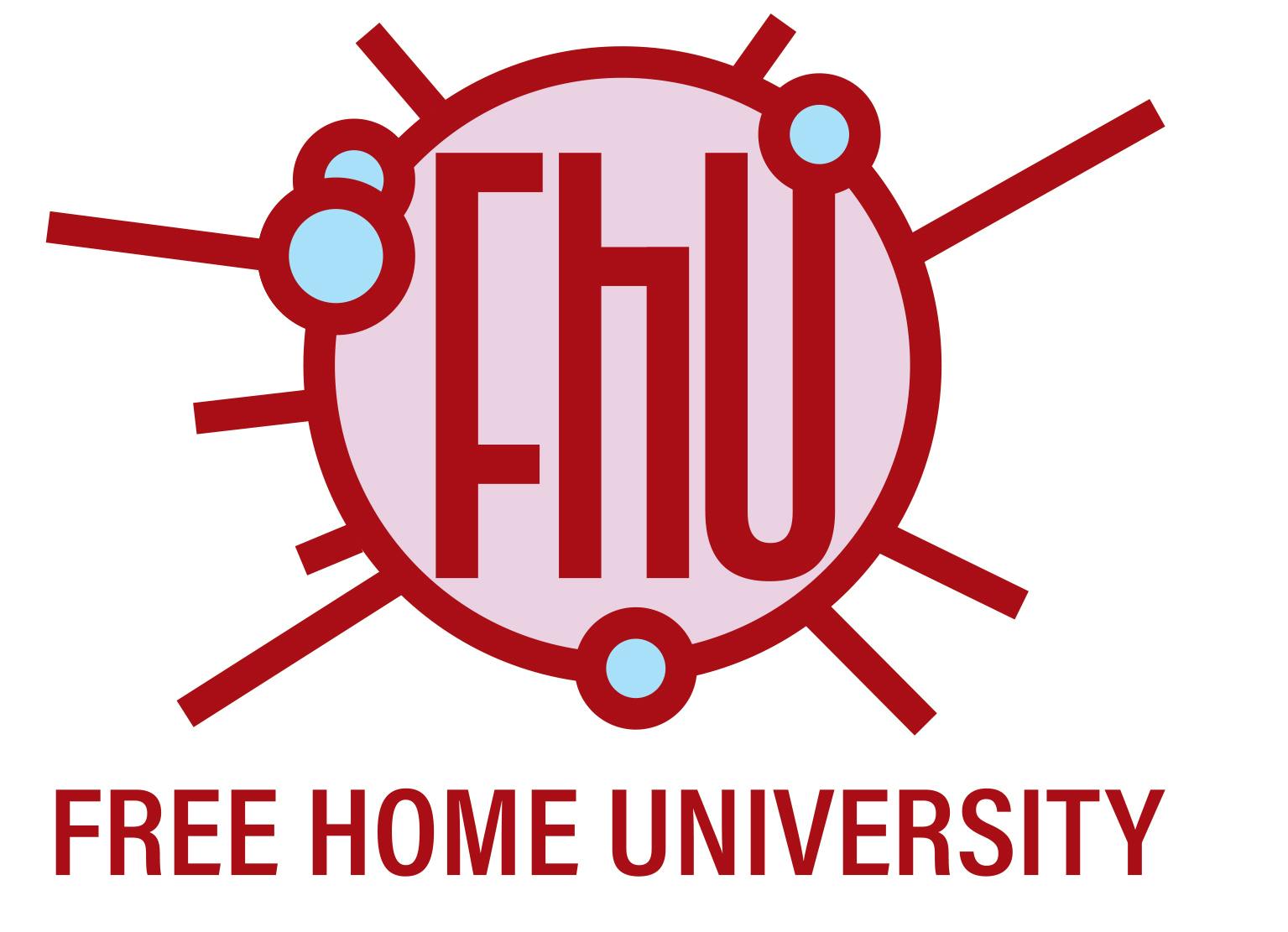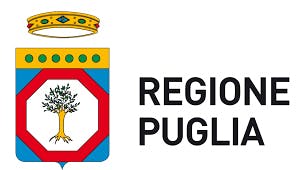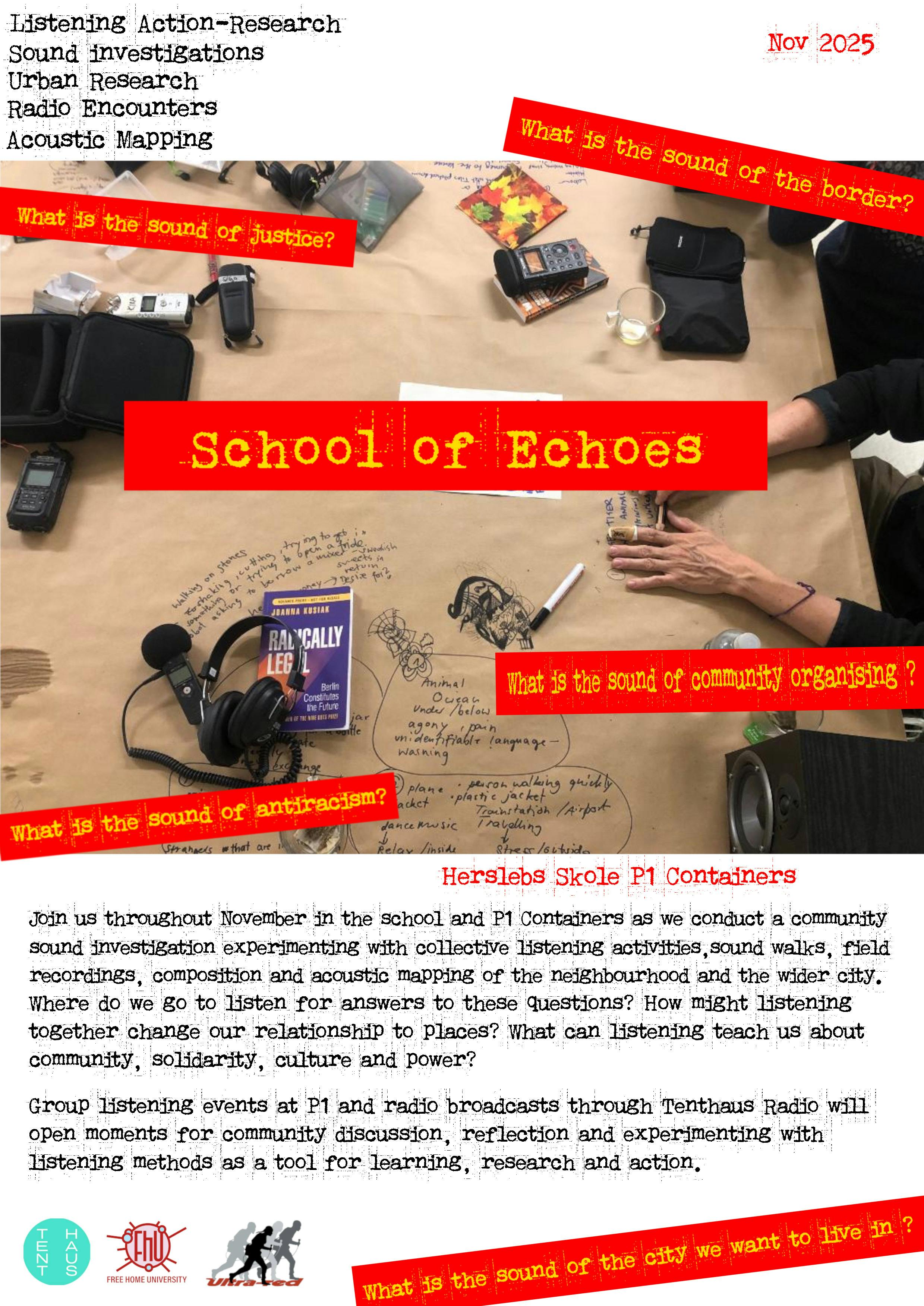Vogueology || What is the Sound of Justice
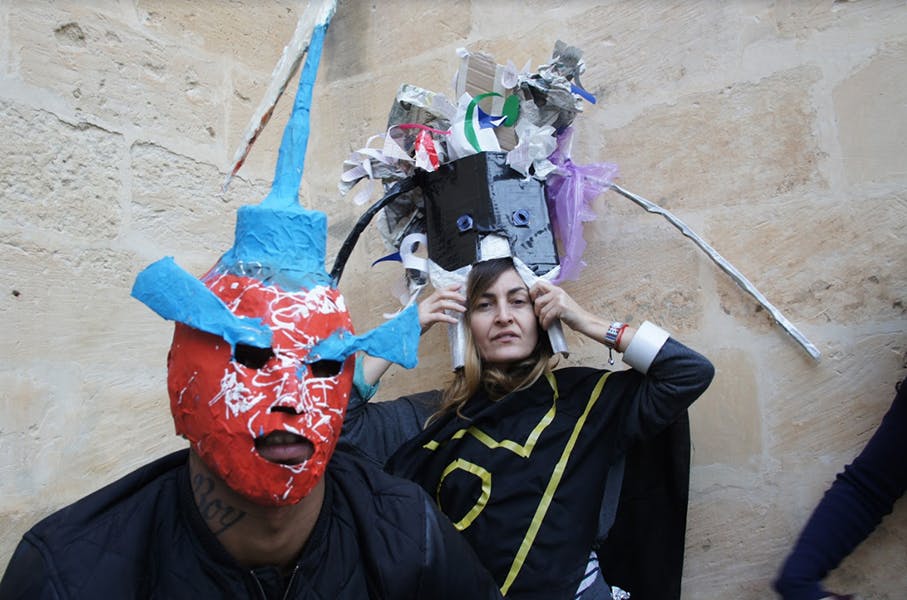
We are picking up from where we left off in July and October: focusing on the particular cross over of our inquiry in solidarity, putting in conversation LGBTQI+, struggles and migrants/refugees struggles, we will continue the reflection on privilege, power, oppression, belonging, solidarity, intersectionality, positionality and collectivity
- Michael Roberson
- Elliot Perkins
- Chris Jones
- Seven King
- Mavi Veloso
- Raphael Daibert
- Milijana Babić
- Ultra-red
- Musagetes
- Alessandra Pomarico
- Nikolay Oleynikov
PROPOSAL
We will engage in radical performativity using theater, dance, vogue-ing, and political tools (such as handmade props and flags). We are imagining a set of classes/ performances, and sound/dance explorations in public spaces in Lecce, following the sounds of justice, as a way to map and re-signify places of power struggles or social urgencies. We are invited to participate in the LGBT film festival, with screenings from our fellows Seven, a vogue class and a public talk.
Everyone is invited to bring readings, news and a new sound object responding to the call “what is the sound of justice” Michael Roberson will share from the history of the House | Ballroom community (HBC) as a freedom movement, a radical pedagogy, and a spiritual formation in response to race, class, sexuality, and gender oppression. Marginalized communities, such as the HBC, have created both resistant and subversive strategies to confront oppression and deploy the social imagination as the necessary precursor to long-term liberation work and justice making. “HBC has something to teach the world about what it means philosophically to be human, what it means politically to struggle for freedom, and what it means theologically to do so in the face of catastrophe and even death” in Michael’s powerful words. .
We will engage with interdisciplinary frameworks at the intersections of critical race theory, queer theory, Black liberation theology, queer theology, and feminist thought. This analysis consider the community’s ability to use the art of performance as a hermeneutics of the body, a homiletics of community organizing, and an intentional philosophical framework of liberation within the Black radical aesthetic tradition, while placing its history of mobilization as resistance to oppressions and positioning it in relation to other historical and global struggles.
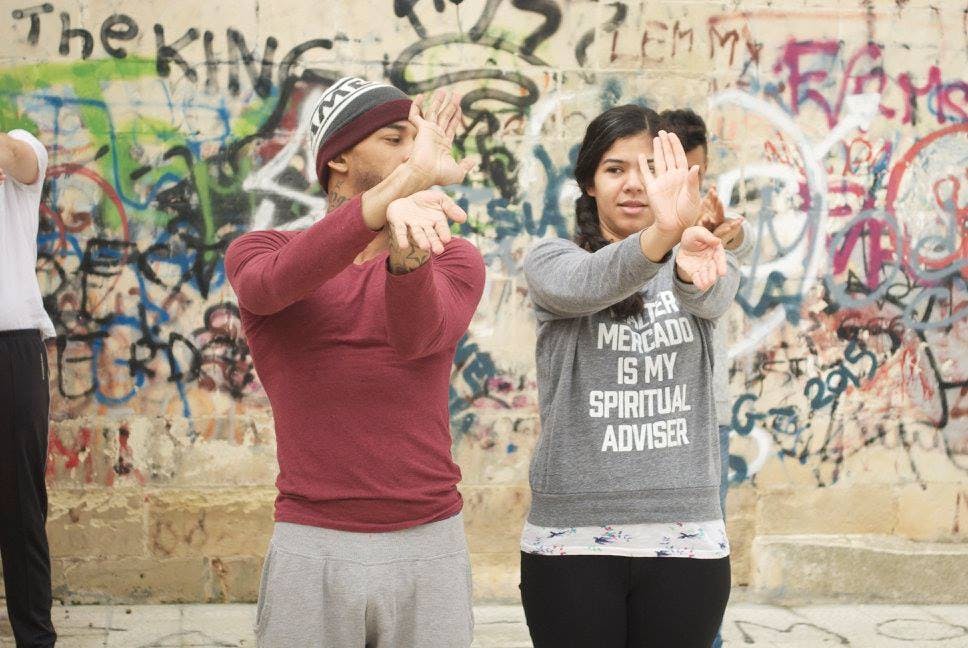
Pony Zion and Quizaira practicing 'figure 8'
REFLECTION
<we looked at examples of “intra-vention” such as the Vogue’ology collective’s pedagogical approach, which puts the performative aspects of House Ballroom Community in relation to the politics and attainment of emancipation; House Lives Matter, which establishes a narrative of resilience and wellness within the House Ballroom Community; and The Arbert Santana Ballroom Freedom and Free School, which is shaping a curriculum to enable members of the HBC community to consider how collectives are organized and sustained, and how they can teach, learn, and work in solidarity with others in struggle.>
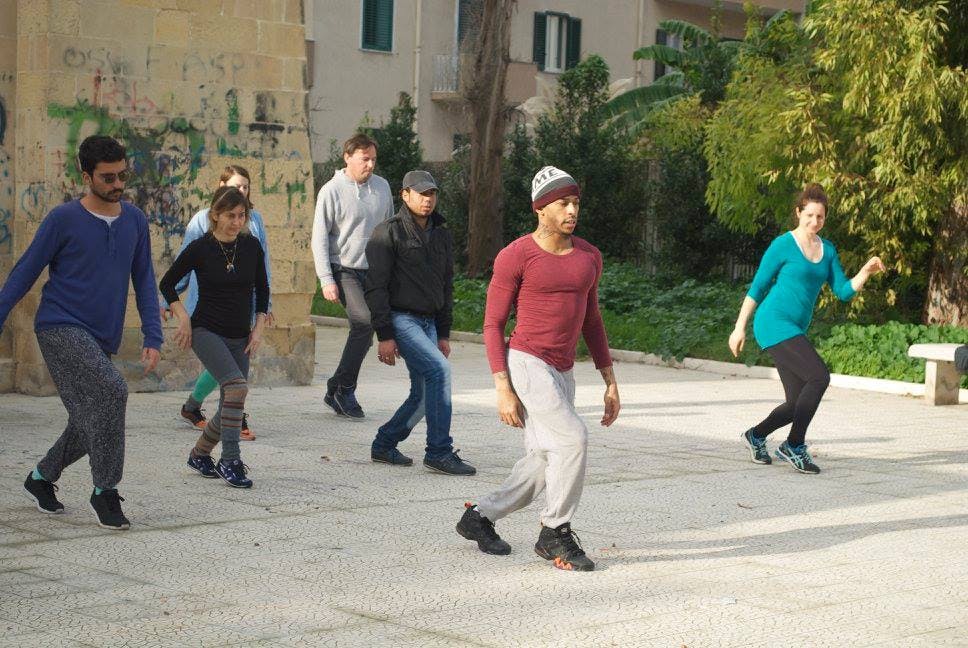
REFLECTION
<we’ve had several deep discussions on gender politics, indigently, race and class, which have been inspired by readings, lectures, and offerings of the group. We’ve cooked many meals together, and spent time in public and private performance, conversation, reading, walking, listening. N.O. has led our group in some guided processes towards collective-building, drawing upon his many years of work in the collective Chto Delat? He offered a beautiful tool for connecting our days and experiences here to current international events by proposing a ‘daily news’ sharing. We have heard stories about schools, movements, uprisings, social organizations, and communities from Kurdistan, Belarus, Brazil, Iran, Canada, US, Italy, with an important common theme of oppression and censorship emerging. He has also offered a hands –on workshop on making masks with simple recycle material as a way to reflect on the social, political, metaphorical, and ritualistic use of masks (as protection, commemoration, filter, alter ego, and).>
This connected directly to the work of Ultra-Red and Pony and complemented their offerings. Michael has engaged the group in deep dives into patriarchy and race, particularly through the lens of the experience of black trans women in the house ball community. We watched the film ‘Paris Is Burning’ and began a dialogue about appropriation of ball culture. Pony has given the group regular sessions in vogue, starting with the building blocks of this language and encouraging us each to find our stories for presentation in public. We have experimented with the ballroom structure of ‘houses’ to establish collectivity within the group: we made two Houses _ Casa Attenzione and Casa Viola -and we have elected ‘mothers’, ‘fathers’, and ‘children’, categories have been taken from our concerns and conversations, and we are preparing props, costumes, decorations, gifts for the judges.
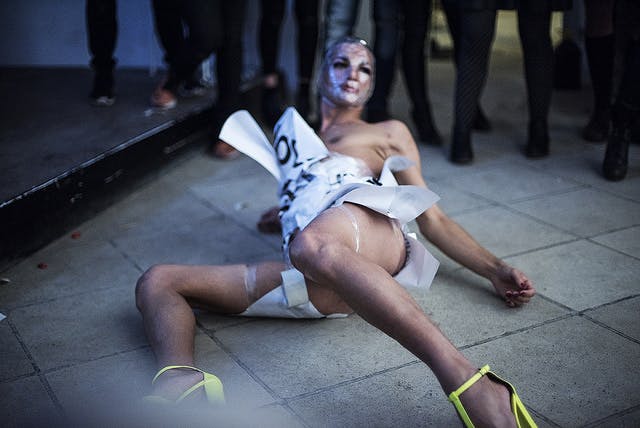
guided by: Michael Robertson (Ultra-red, Brooklyn), Iconic Pony Zion (House of Zion, NYC)
with the contribution of all of us named, for lack of better definitions, “fellows”: Mavi Veloso (Sao Paulo), Raphael Diabert (Sao Paulo), Miliana Babic (Rijeka), Cass Gardiner (NYC), Elwood Jimmy (Thunderchild First Nation in northwestern Saskatchewan working and residing on the traditional territories of the Anishnabe peoples of the Mississauagas of the Credit), Alissa Firth Eagland (Guelph), Quizaira Lopez (NYC), Maria Pecchioli (Florence), Alaa (Egypt\Lecce), Vivienne Bassette (Vancouver), Sharafat (Rest in Power), Rzgar (Kurdistan\Lecce), Shawn Van Sluys (Guelph), Alessandra Pomarico (Lecce\NYC), Shahin (Afghanistan\Lecce)
in colaboration with Sprar / Gus Castri’ and Salento Rainbow film festival.
guest contributors: Saul Garcia Lopez (La Pocha Nostra, Mexico, San Francisco), Todd Lester (Sao-Paulo, NYC)
